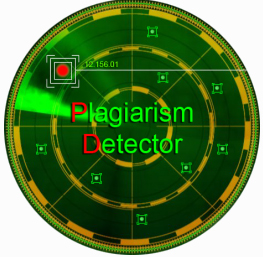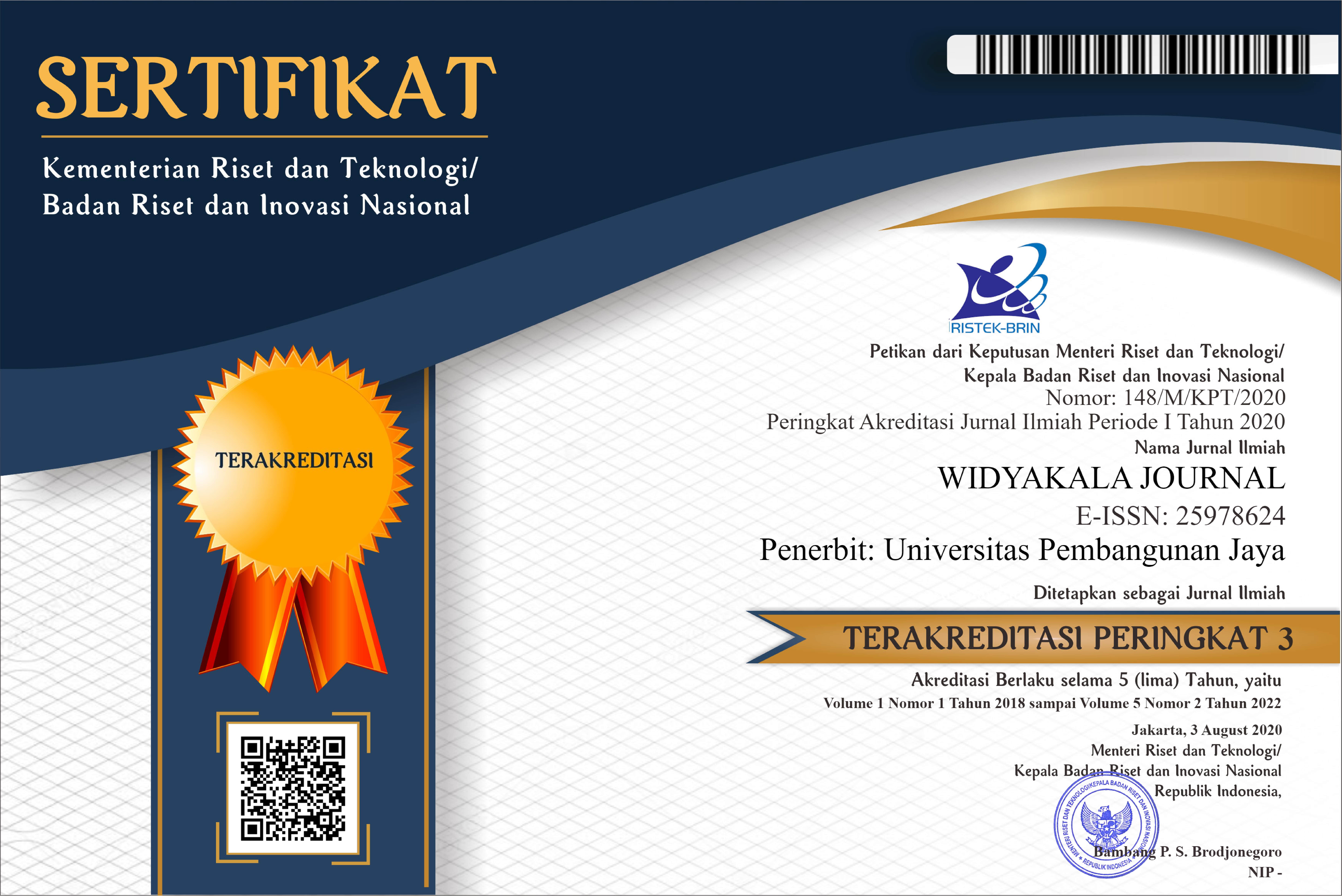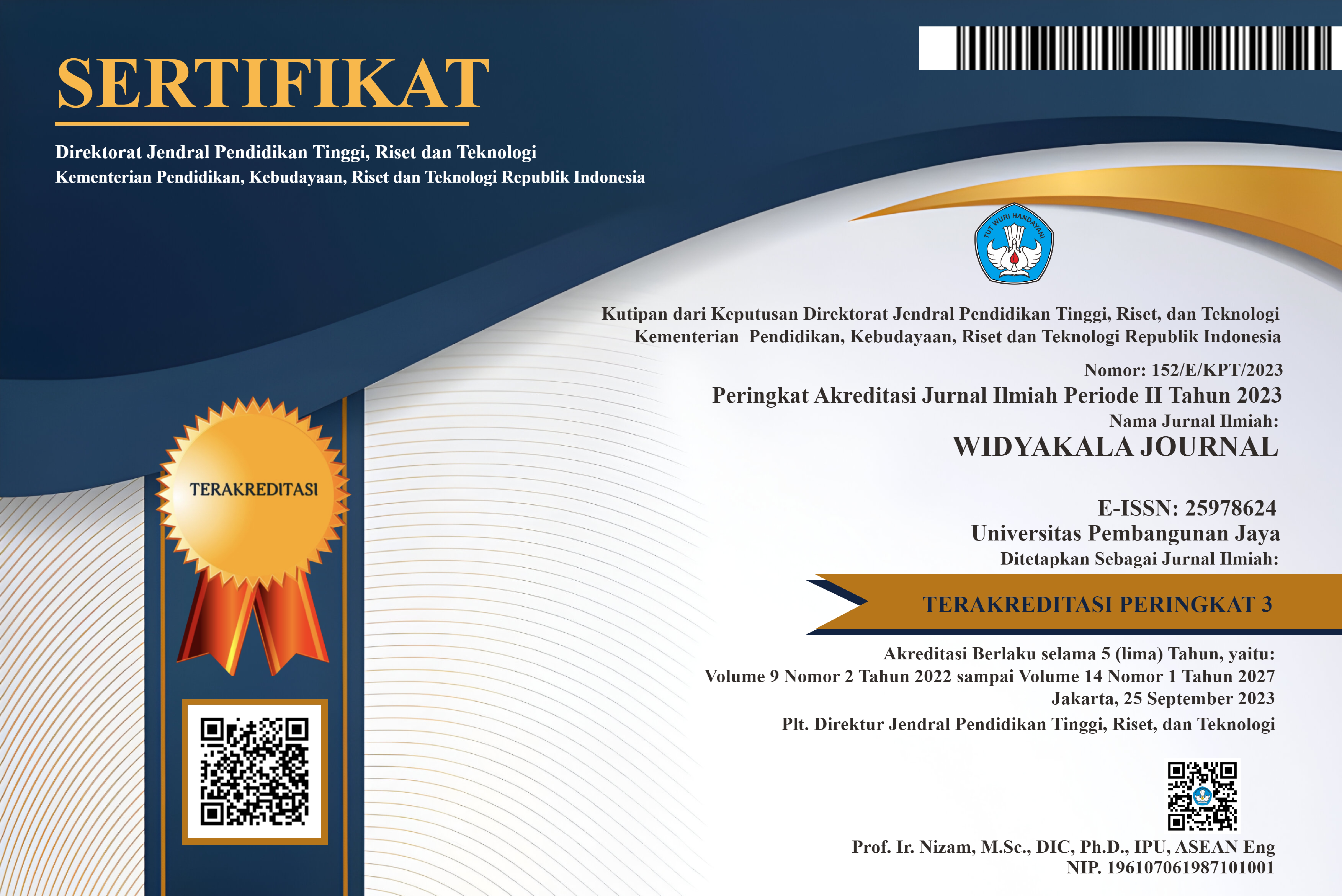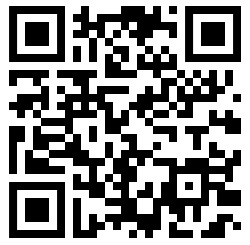Updated, March 2025
Urban Consumer Behavior On Buying Multi-Products On Shopee Using Technology Acceptance Model (TAM)
Abstract
People who live in urban areas can be explained as social groups that are sociologically in the middle class, have a productive life, and are part of social change. Shopee as one of the marketplaces in Indonesia always needs to consider the factor of technology usage that allows users to make purchases with a variety of products (multi-product) available. This study aims to analyze the behavior of using Urban Consumer Behavior with the Technology Acceptance Model (TAM) approach. Data analysis using SMART PLS 3.0 involving 163 samples in Jakarta with survey-questionnaire as a method of data collection. The results of this study explain that two hypotheses were accepted and two more hypotheses were rejected. In this case, Shopee's website/app usage behavior is influenced by the Ease of Use Factor. Furthermore the Benefit factor is influenced by the Ease of Use factor. On the other hand, usage is not influenced by usage behavior. Then the use is not influenced by the expediency factor. TAM as a classic model in explaining technology adoption in aspects of daily life is still needed to gain more understanding, especially on the characteristics of various or different samples.
Keywords
Full Text:
PDFReferences
Al-Qeisi, K., Dennis, C., Alamanos, E., & Jayawardhena, C. (2014). Website design quality and usage behavior: Unified Theory of Acceptance and Use of Technology. Journal of Business Research, 67(11), pp. 2282–2290.
Anderson, L., Ostrom, A. ., Corus, C., Fisk, R. ., Gallan, A..,Girado, M., Williams, J. (2013). Transformative service research: an agenda for the future. Journal of Business Research, 66(8), pp. 1203–1210.
Anesbury, Z., Nenycz-Thiel, M., Dawes, J., & Kennedy, R. (2016). How Do Shoppers Behave Online? An observational study of online grocery shopping. Journal of Consumer Behaviour, 3(15), pp. 261–270.
Ansori, M. H. (2009). Consumerism and the Emergence of a New Middle Class in Globalizing Indonesia. Explorations: A Graduate Student Journal of Southeast Asian Studies, 9(1), pp. 87–97.
APJII. (2019). Hasil Survei Penetrasi dan Perilaku Pengguna Internet Indonesia 2018. Retrieved July 26, 2020, from Asosiasi Penyelenggara Jasa Internet Indonesia website: https://apjii.or.id/survei
Bauerová, R., & Klepek, M. (2018). Technology Acceptance As A Determinant Of Online Grocery Shopping Adoption. Acta Universitatis Agriculturae Et Silviculturae Mendelianae Brunensis, 66(76), pp. 737–746. https://doi.org/10.11118/actaun201866030737
Chong, A. Y. . (2013). Predicting m-commerce adoption determinants: a neural network approach. Expert Systems with Applications, 40(2), pp. 523–530.
Christian, M. (2019a). Dampak Penggunaan Teknologi Berbasis Aplikasi Pada Usaha Restoran Berskala Mikro & Kecil. Journal of Business and Applied Management, 12(2), pp. 132–198.
Christian, M. (2019b). Telaah Keniscayaan Iklan Di Kanal Youtube Sebagai Perilaku Khalayak Di Kalangan Milenial (Study The Inevatibility of Advertisements on Youtube Channels as Audience Behavior among Milennials). Bricolage : Jurnal Magister Ilmu Komunikasi, 5(2), pp. 141–158.
Christian, M., Purwanto, E., & Wibowo, S. (2020). Technostress Creators on Teaching Performance of Private Universities in Jakarta During Covid-19 Pandemic. Technology Reports of Kansai University, 62(6), pp. 2799–2809.
Gefen, D., Karahanna, E., & Straub, D. W. (2003). Trust and TAM in Online Shopping: An Integrated Model. MIS Quarterly, 27(1), pp. 51–90.
Hair, J. F., Black, W. C., & Babin, B. J. (2010). Multivariate Data Analysis (7th ed.). New Jersey: Pearson Prentice Hall.
Hanafizadeh, A., Behboudi, M., Koshksaray, A. ., & Tabar, M. J. . (2014). Mobile-banking adoption by Iranian bank clients. Telematics and Informatics, 31(1), pp. 62–78.
Hawkins, D. I., Mothersbaugh, D., & Best, R. . (2013). Consumer Behavior: Building Marketing Strategy. New York: Mcgraw-Hill.
Huang, J.-M., Ho, T.-K., Liu, Y.-C., & Lin, Y.-H. (2015). A discussion on the user intention of golfers toward golf GPS navigation. Journal of Hospitality and Tourism Technology, 6(1), pp. 26–39.
Ingham, J., Cadieux, J., & Berrada, A. (2015). e-Shopping acceptance: A qualitative and meta-analytic review. Information & Management, 52(1), pp. 44–60.
Ipriceinsights. (2020). Peta E‑Commerce Indonesia. Retrieved July 26, 2020, from iprice.co.id website: https://iprice.co.id/insights/mapofecommerce/
Jati, W. R. (2015). Less Cash Society: Menakar mode konsumerisme kelas menengah Indonesia. Sosioteknologi, 14(2), pp. 102–112.
Kanchanatanee, K., Suwanno, N., & Jarernvongrayab, A. (2014). Effects Of Attitude Toward Using, Perceived Usefulness, Perceived Ease Of Use And Perceived Compatibility On Intention To Use E-Marketing. Journal of Management Research.
Kaushik, A. ., & Rahman, Z. (2015). An alternative model of self-service retail technology adoption. Journal of Services Marketing, 29(5), pp. 406–420.
Lee, H. (2018). Are Millennials Coming to Town? Residential Location Choice of Young Adults. Urban Affairs Review, pp. 1–40.
Lee, Y. ., Park, J. ., Chung, N., & Blakeney, A. (2011). A unified perspective on the factors influencing usage intention towards mobile financial services. Journal of Business Research, 65(11), pp. 1590–1599.
Lim, W. ., & Ting, D. . (2014). Consumer Acceptance and Continuance of Online Group Buying. Journal of Computer Information Systems, 54(3), pp. 87–96.
Lin, H.-H., Lin, S., Yeh, C.-H., & Wang, Y.-S. (2016). Measuring mobile learning readiness: scale development and validation. Internet Research, 26(1), pp. 265–287.
Malhotra, N. ., Birks, D. ., & Wills, P. (2012). Marketing Research: An Applied Approach (4th editio). Harlow: Pearson Education.
Morosan, C. (2014). Towards an integrated model of adoption of mobile phones for purchasing ancillary services in air travel. International Journal of Contemporary Hospitality Management, 26(2), pp. 246–271.
Mowen, J. C., & Minor, M. (2002). Consumer Behaviour. Upper Saddle River: Prentice Hall. Inc.
Ozturk, A. . (2016). Customer acceptance of cashless payment systems in the hospitality industry. International Journal of Contemporary Hospitality Management, 28(4).
Purwanto, E., & Loisa, J. (2020). The Intention and Use Behaviour of the Mobile Banking System in indonesia: UTAUT Model. Technology Reports of Kansai University, 62(06), pp. 2757–2767.
Rauniar, R., Rawski, G., Yang, J., & Johnson, B. (2014). Technology acceptance model (TAM) and social media usage: an empirical study on Facebook. Journal of Enterprise Information Management, 27(1), pp. 6–30.
Sharma, S. ., & Govindaluri, S. . (2014). Internet banking adoption in India: structural equation modeling approach. Journal of Indian Business Research, 6(2), pp. 155–169.
Singh, S., Kumar, S., Goel, T., & Chawla, S. (2014). Impact of Brand on Rural and Urban Consumer Behavior A Study on Mobile Phone Buyers. IOSR Journal of Business and Management (IOSR-JBM), 16(5), pp. 73–78.
Suyanto, B., Sugihartati, R., Hidayat, M., & Subiakto, H. (2020). Global vs. local: lifestyle and consumption behaviour among the urban middle class in East Java, Indonesia. South East Asia Research, 27(4), pp. 398–417.
Tyas, E. I., & Darma, E. S. (2017). Pengaruh Perceived Usefulness, Perceived Ease of Use, Perceived Enjoyment, dan Actual Usage Terhadap Penerimaan Teknologi Informasi: Studi Empiris Pada Karyawan Bagian Akuntansi dan Keuangan Baitul Maal Wa Tamwil Wilayah Daerah Istimewa Yogyakarta dan Sek. Reviu Akuntansi Dan Bisnis Indonesia, 1(1), pp. 25–35.
Venkatesh, V., dan Davis, F. . (2000). A Theoretical Extension of the Technology Acceptance Model : Four Longitudinal Field Studies. Management Science, 46(2), pp. 186–204.
Yadav, R., Sharma, S. ., & Tarhini, A. (2016). A multi-analytical approach to understand and predict the mobile commerce adoption. Journal of Enterprise Information Management, 29(2), pp. 222–237.
Yulita, F. H., Simanjuntak, M., & Sartono, B. (2019). Shopping Behavior Of Indonesian Customer In Modern Retail. Russian Journal of Agricultural and Socio- Economic Sciences, 4(88), pp. 95–101.
DOI: https://doi.org/10.36262/widyakala.v7i2.337
Refbacks
- There are currently no refbacks.
Copyright (c) 2020 WIDYAKALA: JOURNAL OF PEMBANGUNAN JAYA UNIVERSITY

This work is licensed under a Creative Commons Attribution-ShareAlike 4.0 International License.
Redaksi Jurnal Widyakala
Lembaga Penelitian dan Pengabdian Kepada Masyarakat (LP2M)
Universitas Pembangunan Jaya
Jalan Cendrawasih Raya Blok B7/P, Sawah Baru, Ciputat, 15413
Telp : 021-7455555 ext 1311
widyakala.journal@upj.ac.id


















